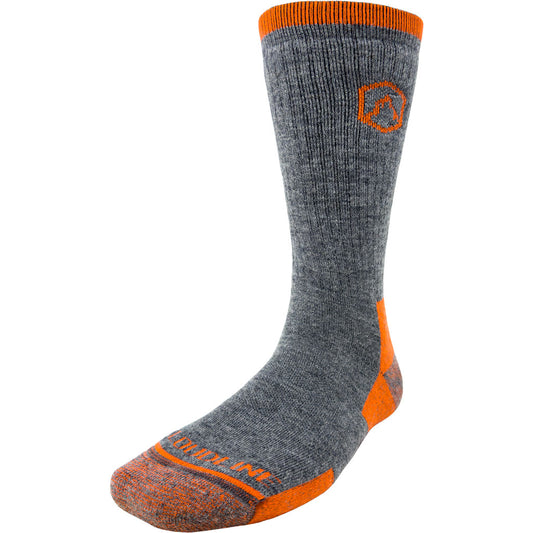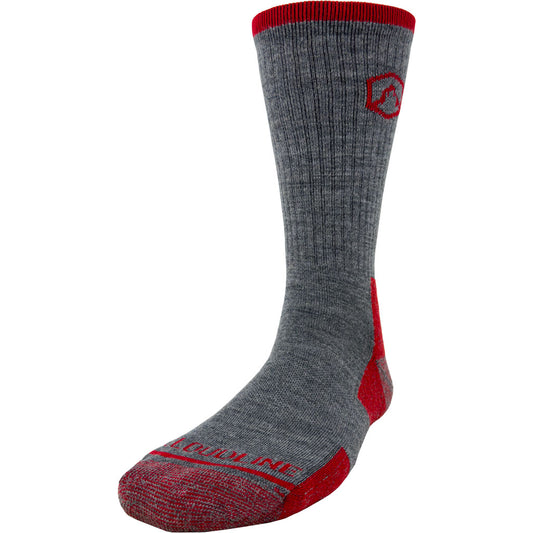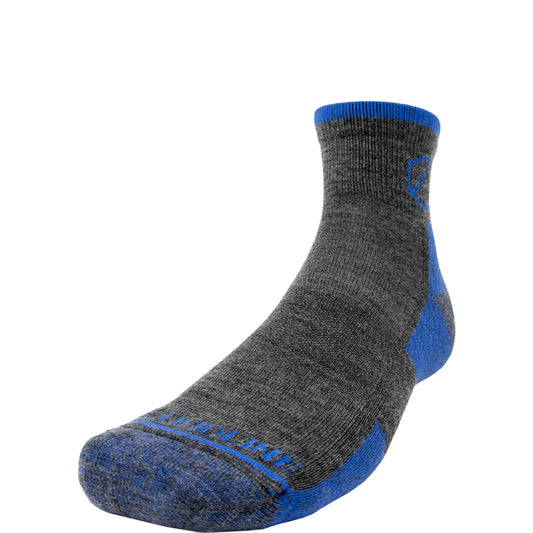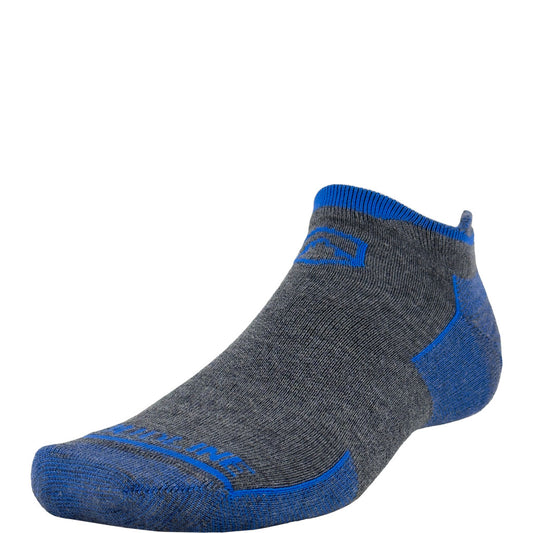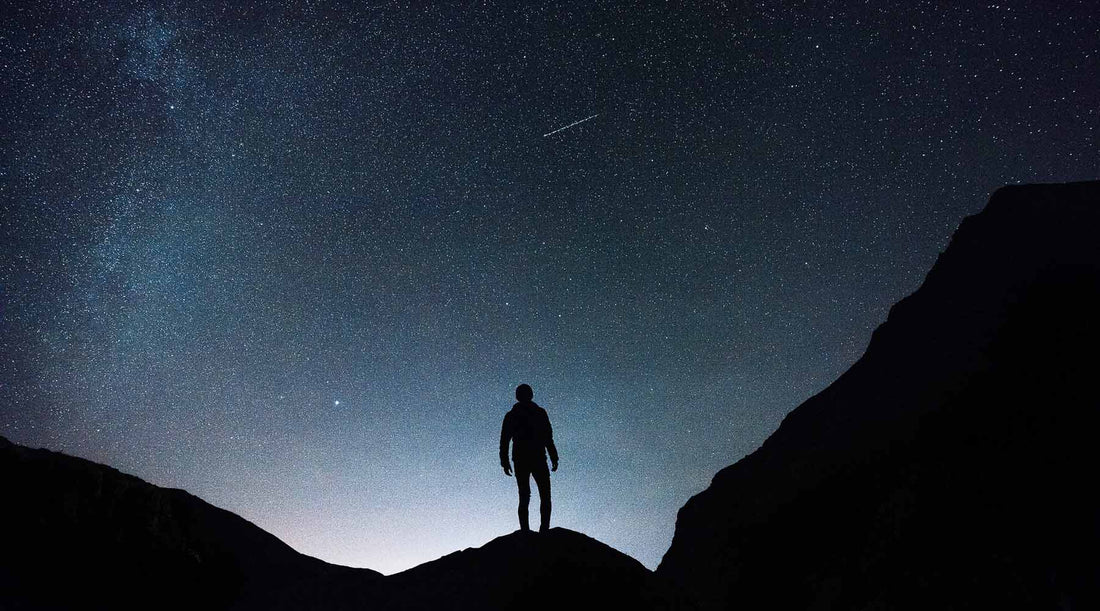
Night Hiking: Why We Love It & Our Top Safety Tips
Experience the Magic of a Moonlit Hike

For many people, hiking during the day is enough of an adventure. Especially if you’re a beginning hiker, hiking at night may not seem like the best idea.
But for those who like the idea of venturing into the darkness, night hiking can be an enjoyable and novel way to experience some familiar trails.
People hike at night for a variety of reasons:
If you’re interested in a new perspective on the trail — and you’re confident you’ll feel safe enough to enjoy it — hiking at night could be a fun new way for you to get outside.
Night Hiking Gear
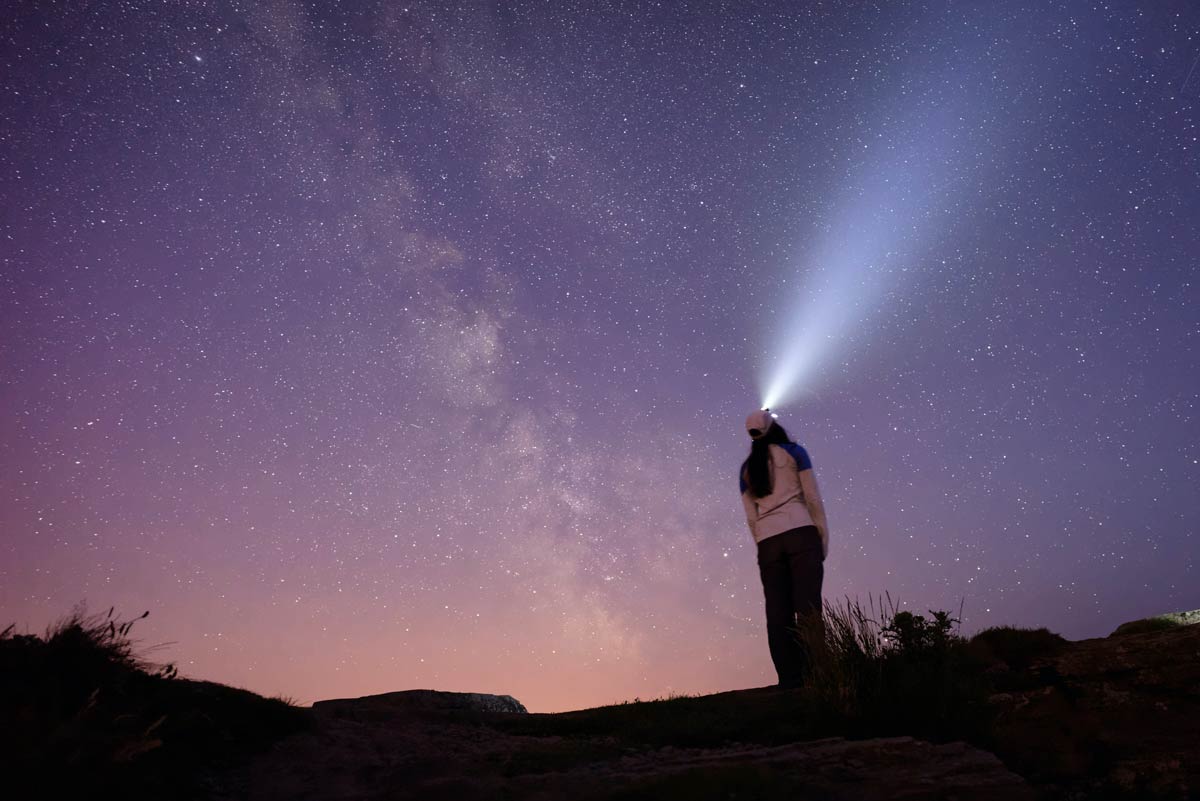
Wondering what you’ll need to hike at night? Luckily, you won’t need much special night hiking gear. For the most part, you’ll need the same gear you use on day hiking excursions.
To start, make sure you’re dressed well for the nighttime temperatures. You may need extra layers, a hat, and gloves when the sun goes down. Make sure you choose footwear that’s comfortable and secure.
During a night hike, normal tasks — like navigating, eating, or finding a bandaid in your first aid kit — become more challenging. That’s why it’s so important to carefully pack your backpack with the 10 Essentials before you head out into the dark. You want to know you have the supplies you may need, and you want to know where it is in your pack.
When hiking at night, pay extra attention to your light sources. You’ll definitely want some sort of red light — which has less of a negative impact on your night vision than white light. But you’ll also want a bright flashlight or lantern (and extra batteries) in case you need lots of light in an emergency situation.
How to Navigate during Your Night Hike

Unless you’re an experienced night hiker, we recommend you choose a trail you’ve hiked in the daylight. That way, you’ll have less navigation to do, and it’s less likely you’ll get lost.
If possible, we recommend you navigate the trail without a flashlight or a headlamp. If the moon is full and bright, this shouldn’t be difficult once your eyes adjust to the darkness.
When you get to the trailhead, give your eyes time to adjust. It can take up to 30 minutes for your eyes to fully adjust to the dark, but even a few minutes will help.
Use your red light, not your white light, when possible. Red light has less of an effect on our eyes, so it doesn’t disrupt our night vision as much as white light. If you can get by with your red light — to navigate or to find something in your pack — use it. Otherwise, you’ll risk disrupting your night vision.
Even though ideally, you won’t use your headlamp to navigate, it’s a good idea to have one handy. Wear it on your head so it’s accessible in seconds if needed. Plus, many headlamps have both white and red light settings. Even if you only use your red light, it’s convenient to have it poised and ready on your head.
Keep track of landmarks — like boulders, oddly-shaped trees, or trail signs — even on a familiar trail. It’s remarkable how different everything looks in the dark, and you’ll want to know where you are at all times.
And it probably goes without saying, but we’ll say it anyway: Nighttime is not the time to hike off-trail. It’s too tough to navigate off-trail in the dark, so if that’s your style, save it for the daylight.
Final Tips for a Safe and Enjoyable Night Hike

With the right gear and know-how, you’re almost ready to hit the trail at night. But before you go, check out these final tips for a safe — and enjoyable night hike.
Above all, give some extra thought to your preparations, and play it safe when hiking at night.

